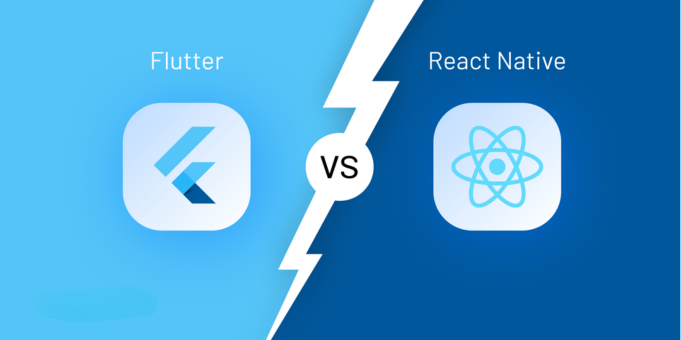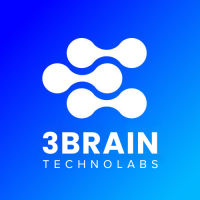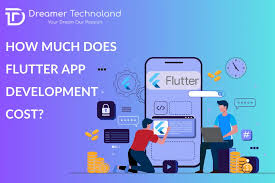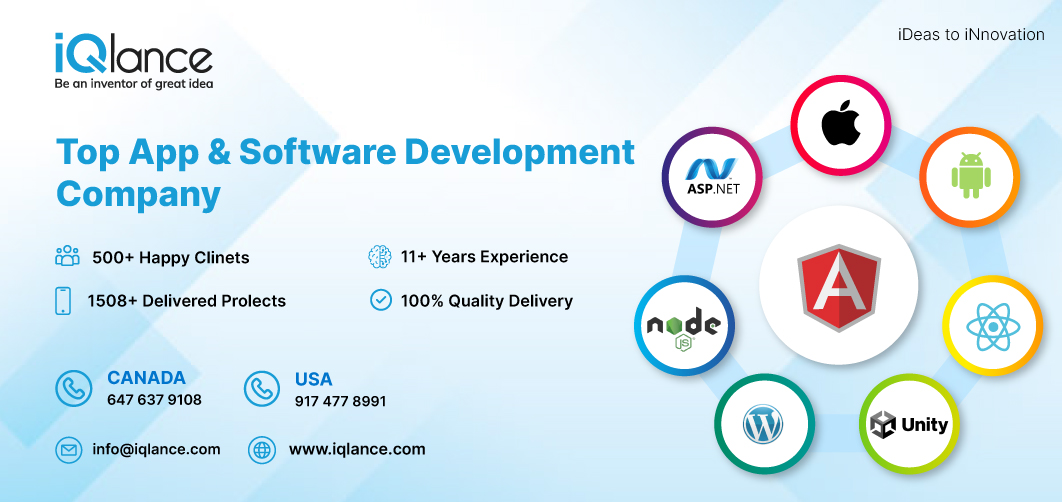Flutter vs. React Native: Which is the Better Framework for Mobile App Development?

Strong 8k brings an ultra-HD IPTV experience to your living room and your pocket.
In the world of mobile app development, two of the most popular frameworks are Flutter and React Native. Both have gained significant traction due to their ability to create cross-platform mobile applications that work seamlessly on both Android and iOS. As a leading mobile app development company, 3brain Technolabs understands the importance of choosing the right framework for your business needs. In this article, we will compare Flutter and React Native, highlighting their features, advantages, and disadvantages, and showcase real-time examples through case studies to help you make an informed decision.
✍️ Progressive web apps are gaining traction. Our article on PWAs explains how they deliver fast, lightweight experiences directly from browsers.
What is Flutter?
Flutter is an open-source UI software development kit created by Google. It allows developers to build natively compiled applications for mobile, web, and desktop from a single codebase. Flutter is known for its high-performance rendering engine and expressive UI components, making it an attractive choice for developers looking to create visually stunning and smooth applications.
What is React Native?
React Native, developed by Facebook, is another open-source framework for building cross-platform mobile applications. React Native allows developers to write code in JavaScript (or TypeScript) and deploy it on both Android and iOS. It uses native components, offering a closer look and feel to native apps while providing flexibility and speed in development.
Key Differences Between Flutter and React Native
1. Programming Language
• Flutter: Uses Dart, a language developed by Google. Dart is relatively new but has a clear and concise syntax that is easy to learn for developers with experience in languages like Java or JavaScript.
• React Native: Uses JavaScript, the most widely used programming language for web development. JavaScript's widespread adoption means that developers can easily transition from web development to mobile development.
2. Performance
• Flutter: Since Flutter compiles to native code, its performance is often superior to React Native. It doesn’t rely on a bridge to communicate with native components, making the performance smoother and faster.
• React Native: React Native uses a JavaScript bridge to communicate with native components, which can sometimes lead to performance bottlenecks, especially for complex applications. However, React Native has improved significantly over time with optimizations like the Hermes engine.
3. UI Components and Development Speed
• Flutter: One of the key selling points of Flutter is its rich set of pre-designed widgets. Developers can create custom UIs with ease, making the design process highly flexible. Flutter's "hot reload" feature allows developers to see changes in real time, improving development speed.
• React Native: React Native offers a wide range of third-party libraries for UI components, though it may require more manual configuration compared to Flutter. It also features "hot reload," but its performance might not be as seamless as Flutter's.
4. Community Support
• Flutter: As a newer framework, Flutter’s community is growing rapidly. Google’s backing and the increasing popularity of the framework have resulted in a large number of resources, libraries, and plugins available to developers.
• React Native: React Native has been around longer and boasts a larger community. It has a wealth of resources, tutorials, and third-party libraries, making it a reliable choice for many developers.
5. Development Ecosystem
• Flutter: Flutter has a slightly steeper learning curve, especially if you're new to Dart. However, once you get the hang of it, the development experience is smooth and fast.
• React Native: React Native’s JavaScript-based ecosystem is more familiar to web developers, making it easier for teams to transition. Its extensive integration with existing JavaScript tools makes the development experience more versatile.
Real-Time Examples: Case Studies of Flutter and React Native in Action
Flutter Case Study: Google Ads App
Google itself uses Flutter for the development of its Google Ads mobile app, which allows advertisers to manage their campaigns on the go. The app offers a high-quality user experience with smooth animations, easy navigation, and responsive design across both Android and iOS. The decision to use Flutter was driven by the need for a unified codebase to streamline development and achieve near-native performance. By using Flutter, Google was able to reduce the app's development time and ensure feature consistency across platforms.
Key Benefits in Google Ads App:
o Fast development cycle with Flutter's "hot reload" feature.
o Consistent and customizable UI across both platforms.
o High performance and smooth animations, crucial for an app managing real-time ad campaigns.
React Native Case Study: Facebook
Facebook created React Native for its mobile applications, including the Facebook app itself, making it one of the largest-scale real-world implementations of the framework. React Native allowed Facebook to build a mobile version of its platform with high responsiveness, while leveraging existing JavaScript expertise from its web development team. The Facebook app, which receives millions of users and interactions daily, demonstrates React Native's ability to support high-performance, feature-rich applications.
Key Benefits in Facebook App:
o React Native's ability to reuse code across platforms saved time and resources.
o Smooth integration with Facebook’s existing backend infrastructure.
o Scalable architecture that supports Facebook’s complex features like notifications, live feeds, and real-time chat.
Which One Should You Choose?
At 3brain Technolabs, we believe that the choice between Flutter and React Native depends on several factors:
• Performance Needs: If your application requires high performance with complex animations, Flutter may be the better choice, as demonstrated by the Google Ads app.
• Developer Skill Set: If your development team is already skilled in JavaScript, React Native might be the ideal option for a quicker turnaround, similar to the Facebook app.
• Project Requirements: For applications with a high degree of customization and a focus on stunning UIs, Flutter may offer more flexibility, as seen with Google Ads app. For applications with a lot of third-party integrations, React Native is more robust, as demonstrated by Facebook.
Conclusion
Both Flutter and React Native come with their own unique strengths and limitations, making the best choice heavily dependent on your project’s specific requirements. At 3Brain Technolabs, a leading mobile app development company, we specialize in delivering top-notch React Native app development services alongside Flutter expertise. Our team is committed to helping you choose the right technology based on your business objectives and app needs.
Whether you decide on Flutter or React Native, we promise a seamless and high-quality development journey that guarantees exceptional results.
Contact 3Brain Technolabs today to explore how we can turn your mobile app vision into reality!
Note: IndiBlogHub features both user-submitted and editorial content. We do not verify third-party contributions. Read our Disclaimer and Privacy Policyfor details.







